books about Colditz
It is amazing how many books have been published about Colditz. Most books are written by former prisoners but there are also other authors who have written about the camp. Below is a selection of Colditz books; nearly all of them are out of print and can only be obtained at second-hand. Most pictures are at the same size, this does not mean that all the books have the same size. It is only to give an impression how the books look.
All books mentioned below are in my collection so if you want more information about one or more books, don't hesitate to ask me.
ENGLISH BOOKS
The very first book about Colditz was published in 1946. It is titled Detour and is edited by J.E.R. Wood. Many people have contributed to this book and the drawings by John Watton are marvellous. This book is really a gem, hard to find and very expensive.
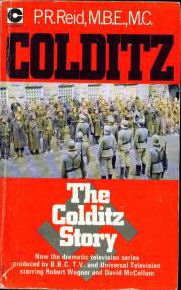
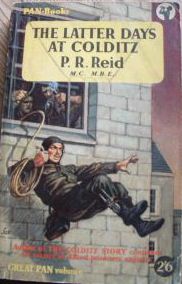

The Colditz Story, The Latter Days and The Full Story are the best known books, written by Pat Reid who was one of the officers who escaped successfully. Pat Reid's books are published both in hardback as in paperback by several publishers. The pictures show paperbacks, all from different publishers.
The Colditz Story and The Latter Days were first published in the fifties. These books are now, 60 years later, still very popular. Especially the first book has been republished many times, even in the new Millennium.
It is not said too much that, if Pat Reid had not written these books, Colditz would not be so well known as it is today. The BBC television series from 1974 is based on Pat Reid's books.
Reinhold Eggers, the Security Officer in Colditz, wrote some books, the best known is Colditz, the German viewpoint. This is one of the few books, written by the Germans.

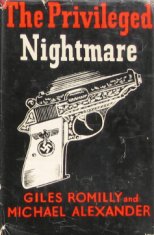
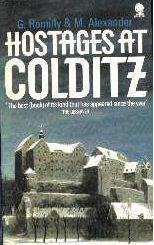

Airey Neave's book They have their exits was published for the first time in 1953 and has been republished recently. Airey Neave escaped from Colditz as well; after the war he went into politics but he was sadly killed by an IRA bomb attack.
Giles Romilly and Michael Alexander wrote a book which was originally titled The privileged nightmare but the reprints were named Hostages at Colditz. Romilly and Alexander were two of the Prominente in Colditz. This book has been translated in French as well.
Jim Rogers is the author of Tunnelling into Colditz. This is the story of a mining engineer who was a well known prisoner in Colditz.
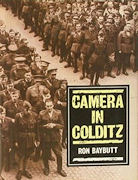
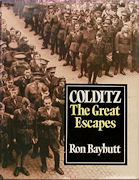
Though the titles are different, the contents of these books are exactly the same! The left copy is the UK version (published by Hodder and Stoughton in London) and the right copy comes from the USA (published by Little, Brown and Company in Boston). If you remove the dust wrapper you can notice another difference: the UK book is brown, the USA version has a grey outside.
Ron Baybutt's Camera in Colditz and Colditz - The great escapes respectively contains many unique photographs from the German camp photographer Johannes Lange. This book, especially the American version, is quite difficult to find but it is unique in its way.
AUSTRALIAN BOOKS

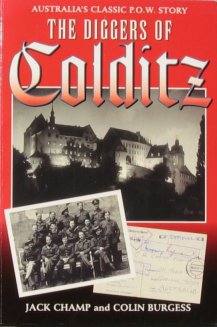
There were not many Aussies in Colditz, 13 officers and 7 orderlies. They seem to be a forgotten group, though they have as well put their mark on the life in Colditz.
The Diggers of Colditz is written by two authors: Jack Champ and Colin Burgess. I have met both authors: Jack Champ during my Australia visit in 1988 and Colin Burgess some times in London in the nineties. This book tells about the Australian Colditzers ("Digger" is Australian slang for soldier).
The first print was launched in 1985 and my copy was given to me by Jack Champ when I visited him. The book was a success so it was decided to release a second edition. The completely revised and expanded book was published in 1997. It was just in time as Jack Champ passed away one year later.
DUTCH BOOKS
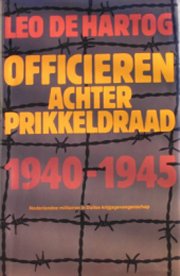
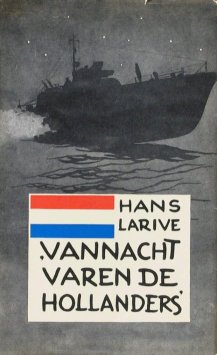
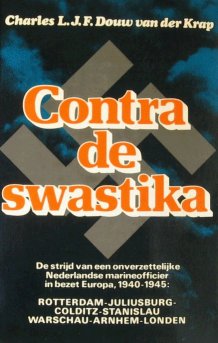
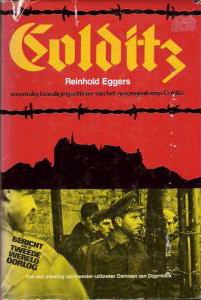
Leo de Hartog wrote the excellent book Officieren achter prikkeldraad (“Officers behind barbed wire”). This is doubtless the best book ever written about the Dutch officers in captivity. This book should be worth it to be translated in English!
Another well known Dutch book is written by Hans Larive: Vannacht varen de Hollanders ("The Dutch sail tonight"). Hans Larive was one of the six Dutch officers who escaped successfully from Colditz. This was the first Dutch Colditz-related book, published in 1950. The English translation is titled The man who came in from Colditz.
Charles Douw van der Krap's book is titled Contra de swastika ("Against the swastika"). This story is written by a naval officer. It is remarkable to mention that this book has been translated in German, with a different title.
Reinhold Eggers' book Colditz is the translation of the English book which is mentioned above. This book was published, both in hardback and in paperback, when the TV series was broadcasted in the Netherlands. It contains a foreword by Damiaen van Doorninck, one of the six successful Dutch escapers. The photograph shows the hardback cover but the paperback looks exactly the same.
FRENCH BOOKS
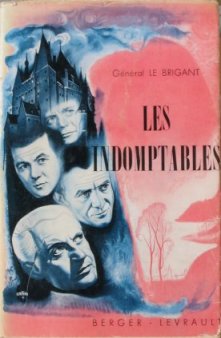
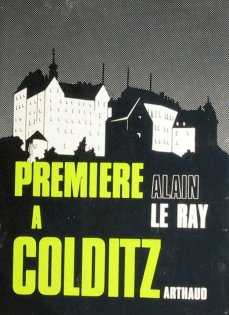
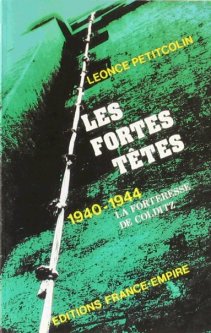
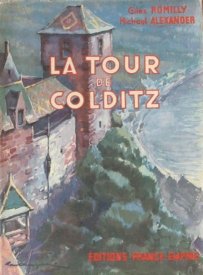

The first French Colditz book is Les indomptables ("the indomitables"), written by General le Brigant. The book was published in 1948 for the first time and gives a good impression of life in Colditz.
Alain le Ray is the author of Première à Colditz. I think the title is related to the fact that Alain le Ray was the first Colditzer who made a "home run". His escape from Colditz is described in detail.
Leonce Petitcolin wrote a book titled Les fortes têtes. It describes the French group in Colditz from the beginning to the end.
La tour de Colditz is written by Giles Romilly and Michael Alexander. As you can guess, this is the translation of The privileged nightmare. The front of the books shows a coloured drawing of a castle (absolutely not Colditz!).
Maxime Guenet describes in his book Le secret de Colditz his experiences during the war. He stayed in some POW camps, including Colditz.
BELGIAN BOOKS

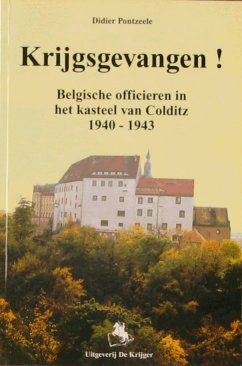
There were not many Belgians in Colditz but this does not mean that there are no books written about them.
Captain G. Thibaut de Maisières was one of the Belgians in Colditz. His book Tourisme clandestin is written in French with one chapter dedicated to Colditz. My copy is published in 1947 so apart from the Detour book this is the oldest Colditz book in my collection.
About 50 years later the Flemish written book Krijgsgevangen! ("Prisoner of war!") was published. The Belgian author Didier Pontzeele describes the story of the Belgians in Colditz. This is the only book in "Dutch" about the Belgian prisoners in Colditz, it contains also the translation of the chapter about Colditz in Tourisme clandestin.
POLISH BOOK

Though the Poles formed a quite big group in Colditz, there are hardly books published about them. Putkownik Mozdyniewicz is a new book, published in 2003, written by Beata Koztowska.
The book is the biography of Colonel Mieczyslaw Mozdyniewicz. He was taken prisoner of war in 1939 and during the Second World War he was kept in seven German POW camps. In two camps, Colditz and Dössel, he was directing the underground organisation on being secretly sworn by the High Command of the underground Home Army in Poland. The book contains many photographs + drawings and a two-page summary written in English.
As this is a new book, it can be ordered via a good bookshop. Putkownik Mozdyniewicz is published by Papier-Service in Lódz and the ISBN is 83-917625-6-4.
CZECH BOOK

The number of Czechs in Colditz was very low so this book is remarkable. Frantisek Burda - Osudny doprovod nad Brest is written by Vaclav Kolesa, Jaroslav Popelka and Jan Rail. In fact the book is one in a series about Czech RAF airmen, although Burda was the only ex-Colditzer featured.
The book is the biography of Czech pilot Frantisek Burda who was imprisoned in Colditz 1944-1945. It is a paperback, has 80 pages and is much concentrating on the war years. The book contains photographs and one chapter is about Burda's stay in Colditz.
GERMAN BOOKS
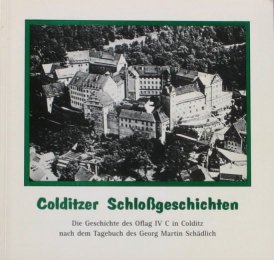
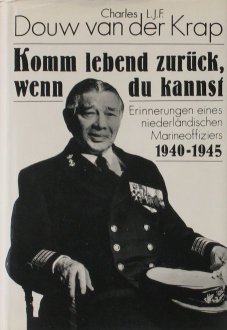
Original German books about Colditz as POW camp are rare. Colditzer Schlossgeschichten is based on the diary and papers of George Martin Schädlich, one of the guards, better known as Dixon Hawke or the Ferret. The book is published in 1992 by his grandson Thomas Schädlich.
Besides the diary, kept from March 1941 till September 1943, the book contains a list with the most important escape attempts. The book is well illustrated, including photographs from the 90s when ex-prisoners returned to the castle. The diary is reproduced in the original spelling, exactly as is was written 50 years earlier.
In 2000 the first English translation was published, named Tales from Colditz Castle. A second revised edition was available from 2003 up till now and can be obtained in the museum shop in the castle.
Komm lebend zurück, wenn du kannst ("Come back alive, if you can") is the translation of the Dutch book Contra de swastica written by Charles Douw van der Krap.
TRANSLATIONS OF "THE COLDITZ STORY"
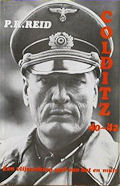 |
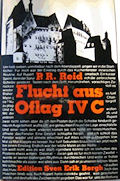 |
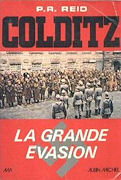 |
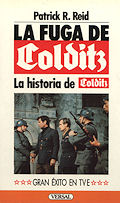 |
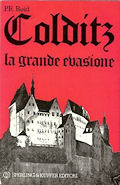 |
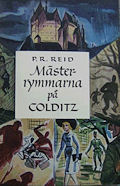 |
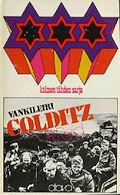 |
Pat Reid's bestseller The Colditz Story is translated into several languages. It is available in Dutch, German, French, Spanish, Portuguese, Italian, Norwegian, Swedish, Finnish and Japanese (thanks to Kenneth Lockwood for this information).
I have found most of these books already. From left to right: Dutch translation (published by Forum Boekerij, year not known), German translation (published 1976 by Edition Sven Erik Bergh, Switzerland), French translation (published 1974 by Albin Michel), Spanish translation (published 1986 by Versal Ediciones), Italian translation (published 1975 by Sperling & Kupfer Editori), Swedish translation (published 1954 by Bröderna Borgströms Boktryckeri) and Finnish translation (published 1974 by Helsingissä Kusyannusosakeyhtiö Otava). I wonder how to get that Japanese translation...
GERMAN BOOKS ABOUT COLDITZ TOWN
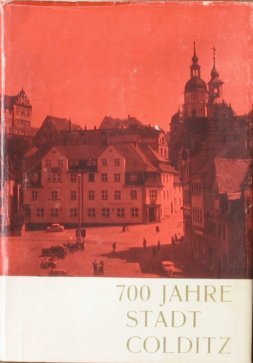


The book 700 Jahre Stadt Colditz ("700 years Colditz town") is published in 1965 by the municipality on the occasion of the 700th anniversary of Colditz town. It is a typical GDR-product which is not only shown by the poor quality of the paper. In the then GDR the Second World War was a sensitive matter which is avoided here as well: in this book with 354 pages only one sentence is dedicated to the POW-camp.
Totally different is the book Colditz - Sächsische Stadt im Herzen Europas ("Colditz - Saxon town in the heart of Europe"), written by A. Peter Bräuer and Gerhard Weber, which is published shortly after the German reunification in 1990. The book is well done with many splendid colour photographs.
After the opening of the Iron Curtain the tourism to Colditz increased rapidly which resulted in publishing this small tourist guide in 1993.
PHOTO BOOKS ABOUT COLDITZ TOWN
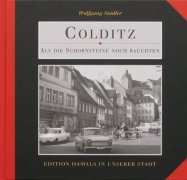

The book Als die Schornsteine noch rauchten ("When the chimneys were still smoking") gives an impression of the daily life in Colditz during the GDR-period. The author is Wolfgang Stadler and the book has a hardback cover. It contains a few photographs from Oflag IV C but the book is focused on the town. Many photographs show all kind of aspects of the daily life: industry, social life, culture, developments in the town, and so on. The last chapter shows the peace prayers and the demonstrations which eventually led to the end of the German Democratic Republic.
Books with photographs from old postcards are popular. The series Colditz in alten Ansichten ("Colditz on old postcards") consists of three volumes. Every booklet has 76 photographs which give a good impression how the town looked in earlier days.
The photograph shows the cover of volume 2. The other books have the same layout but the colour is different: volume 1 is brown and volume 3 is yellow.